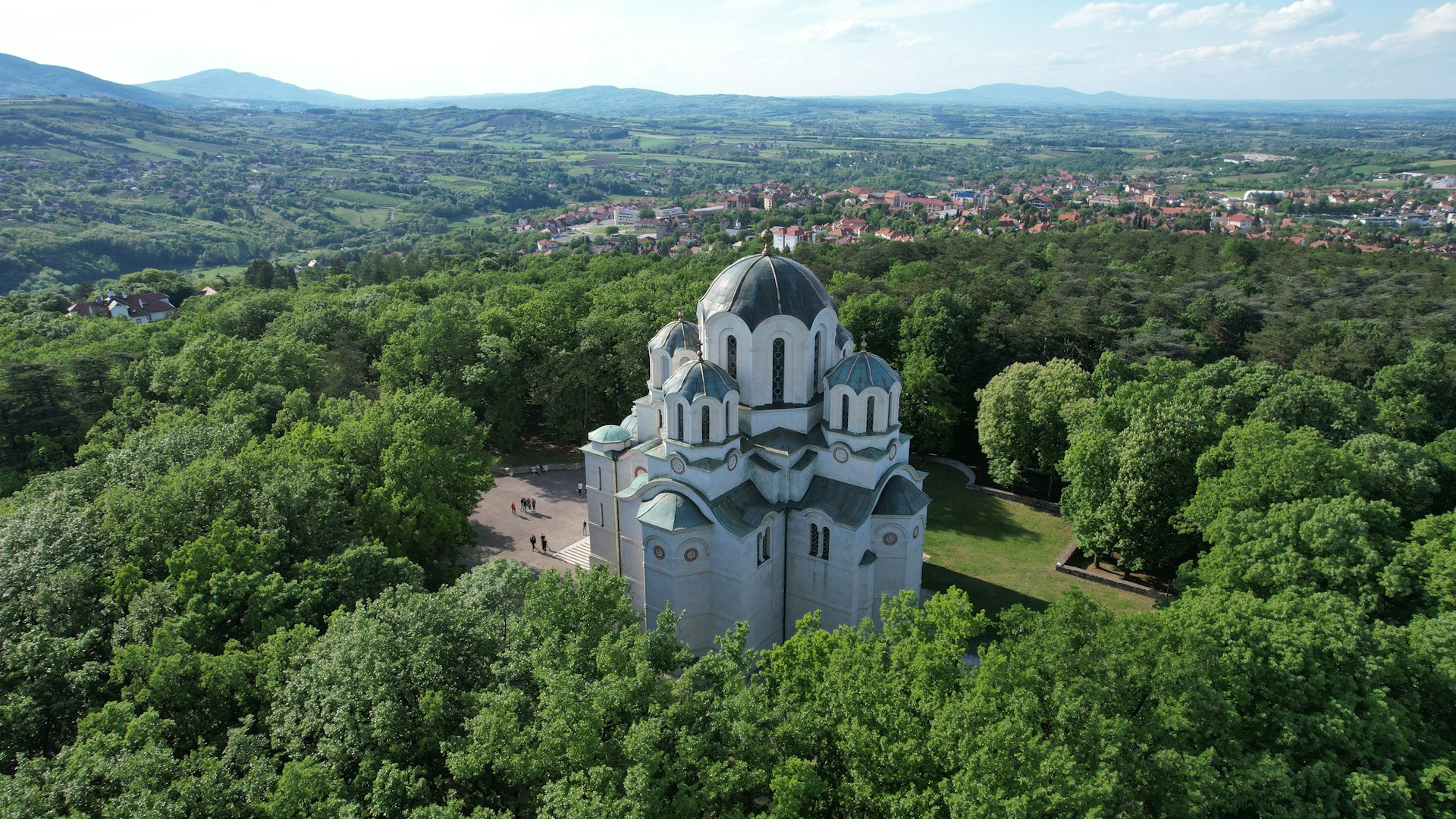Explore the diverse landscapes of Serbia, nestled in central and southeastern Europe, bordered by Hungary, Bulgaria, Romania, Bosnia and Herzegovina, Croatia, Montenegro, and Kosovo. Serbia, with its central hills and southern mountains, harbors unique ecosystems supporting various species. Belgrade, the capital, beckons urban enthusiasts and outdoor adventurers alike. Amidst this captivating setting, it’s essential to be aware of dangerous animals in Serbia, enhancing your experience while navigating the country’s rich terrain.
Table of Contents
Why visit Serbia?
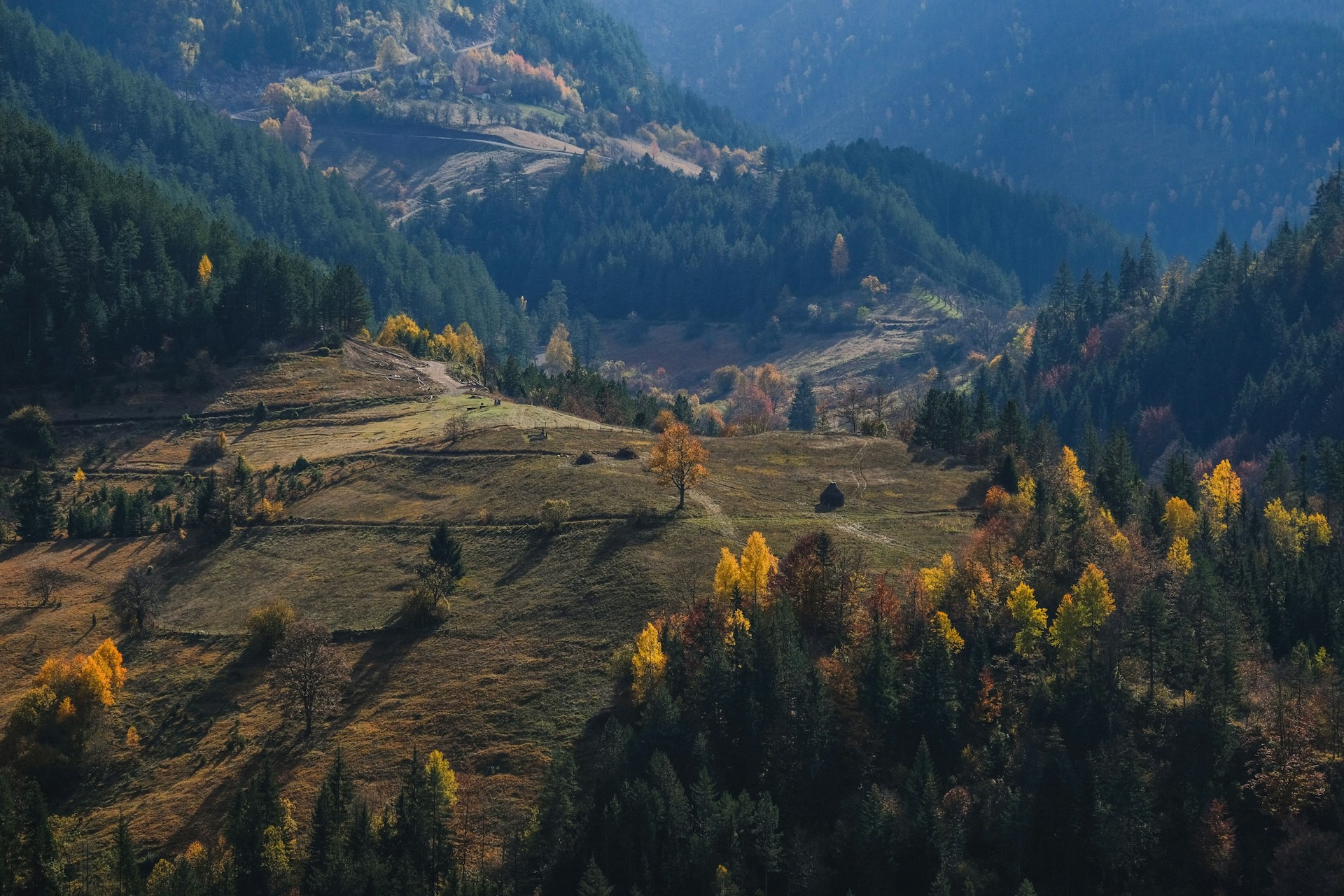
Serbia is an incredible country offering a wide array of experiences. As you traverse the country, you’ll encounter over 90 mammalian species, along with numerous fish and insects. Keep an eye out for endangered animals, adding a touch of wildlife excitement to your journey. The charming and welcoming locals will gladly guide you to exceptional places throughout Serbia.
Whether you’re an enthusiast exploring Europe or a traveler seeking unique encounters, Serbia is the perfect destination. During your visit, be sure to keep an eye out for the fascinating and dangerous animals that inhabit the forests and various regions of Serbia.
Eurasian Lynx
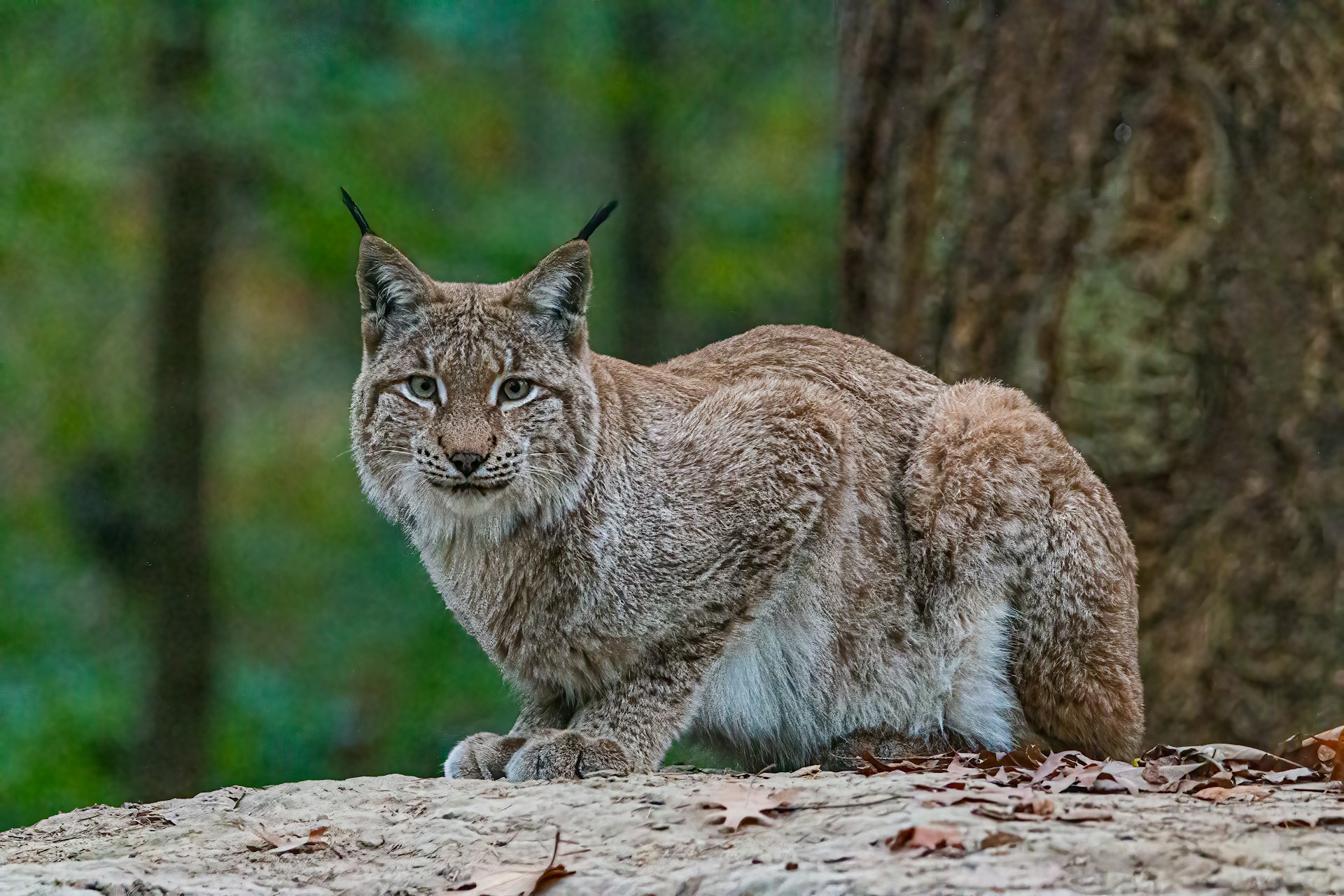
Encountering the elusive Eurasian lynx during your trip to Serbia is a possibility, especially in the dense Serbian forests. While they typically avoid unprovoked attacks, these calculative and territorial creatures can pose a threat if disturbed. Deforestation has led to increased aggression, and it’s crucial to note their potential danger, as they consume various items, including snakes carrying bacteria and venom. Keep a safe distance during exploration, as lynxes prefer nocturnal hunting.
Catfish
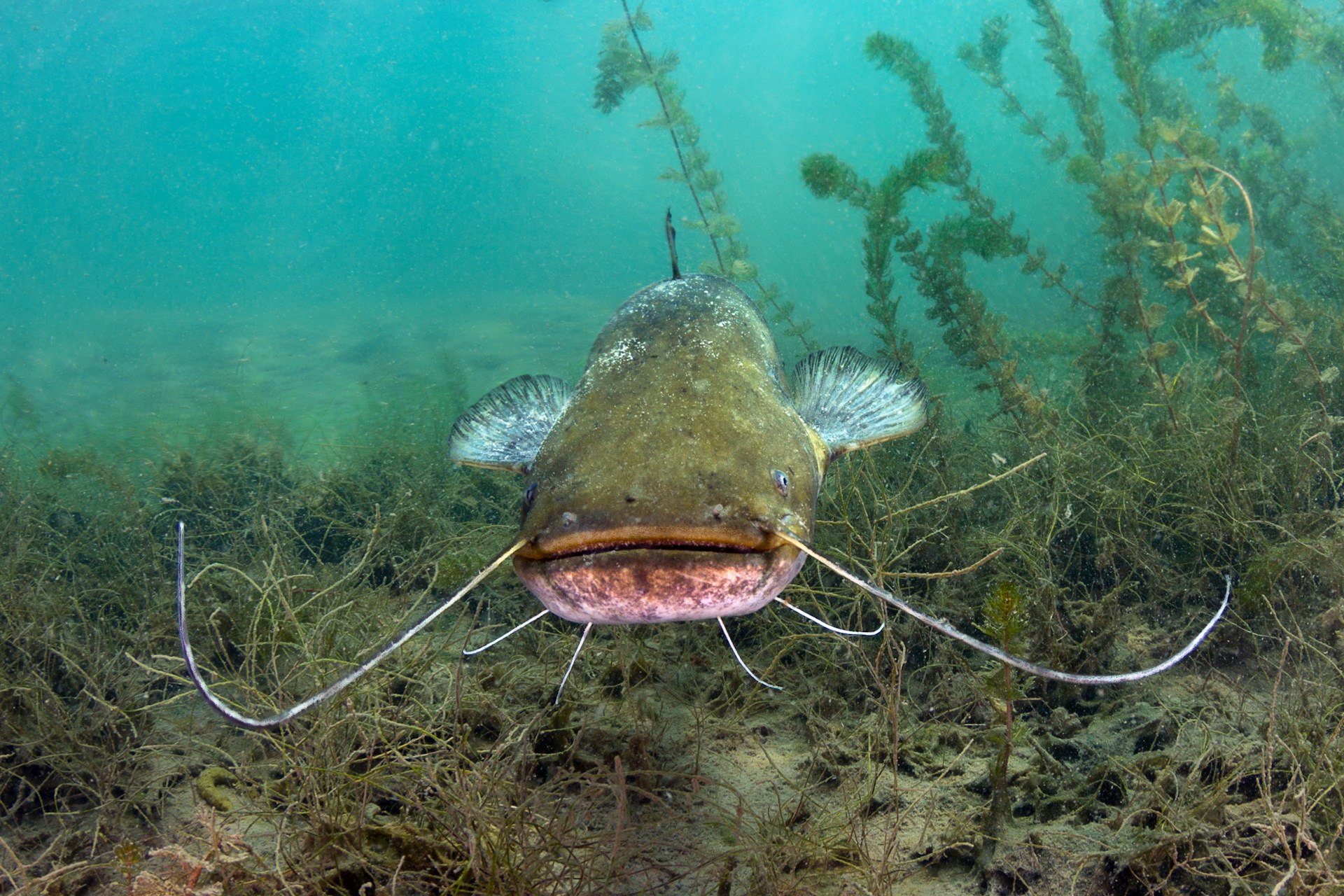
Surprisingly, the rivers of Serbia, notably the Danube, host large catfish in their natural habitat. These sizable creatures, with recorded weights reaching 26 kilograms, can pose a danger to humans. Exercise caution when near riverbanks, especially if you’re not familiar with the area, and consider hiring a guide for added safety during your exploration.
Red Deer
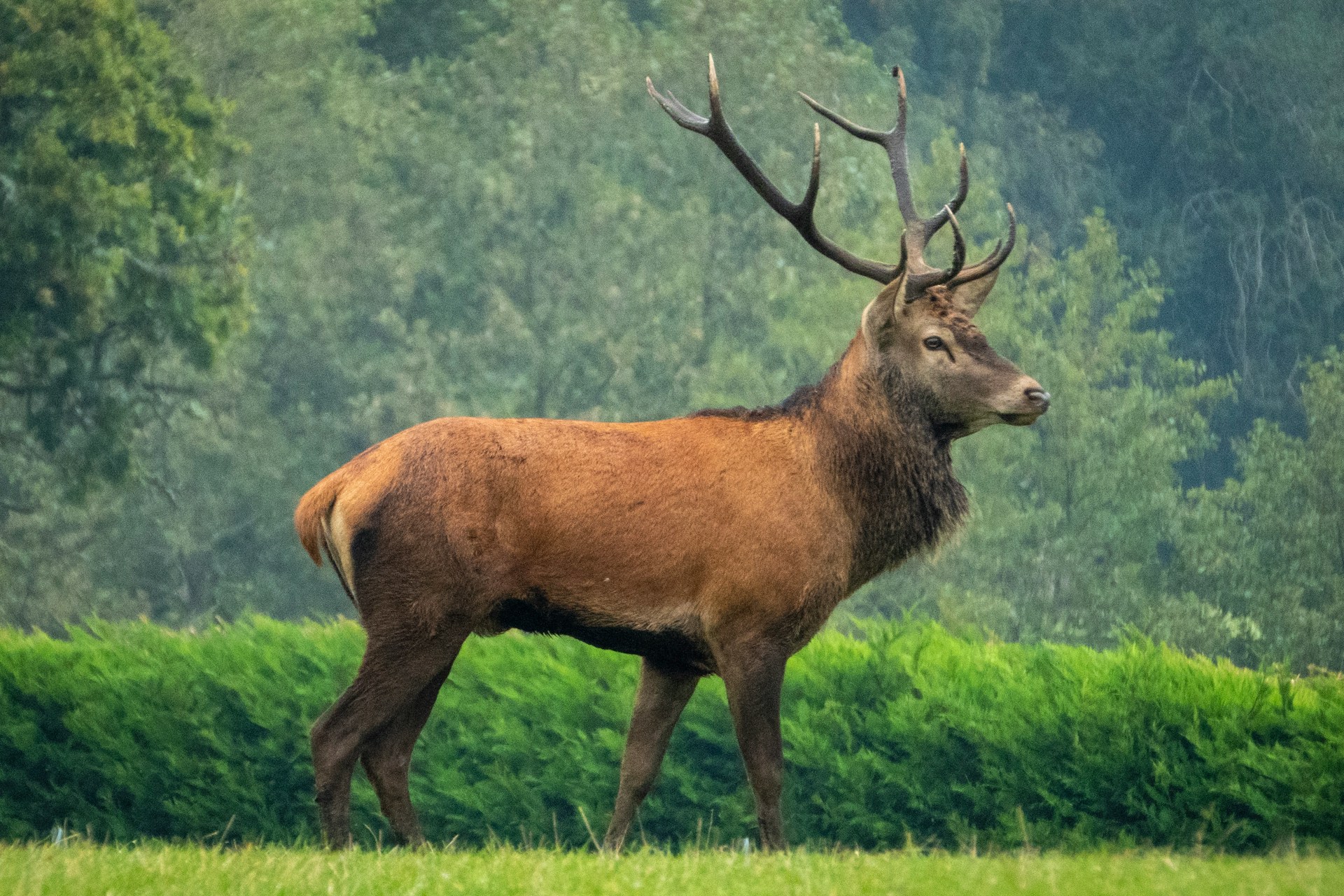
Serbia is home to the red deer, commonly found in the country’s dense forests. While government measures have successfully restored their population, these creatures can be dangerous, particularly when nursing young ones or during the mating season when males aggressively seek females. Admire them from a safe distance, as their sharp antlers can pose a threat.
Wild Cats

In the Serbian mountains and forests, you may encounter wild cats, larger counterparts to domestic cats, distinguished by unique ears. Although they generally fear humans, maintaining a safe distance is crucial, as they carry bacteria that can lead to infectious diseases through bites. Appreciate these sensitive creatures from afar to ensure a safe exploration.
Fox

Widely known in fables and tales, foxes inhabit various parts of Europe, including Serbia’s mountains and dense forests. As natural predators, foxes can pose a danger due to their cunning hunting techniques, sharp teeth, and claws. Increased urbanization has pushed red foxes into mountain regions, making encounters more likely. Exercise caution, as they may carry rabies bacteria and can attack without warning. Admire their agility from a safe distance during your exploration of the wild.
Bear
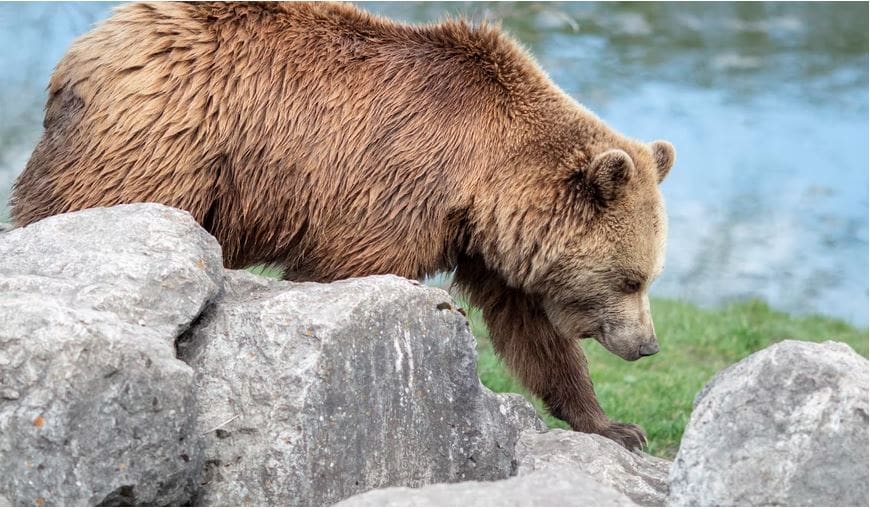
Encountering the iconic bear in Serbia is a thrilling yet potentially risky experience. Thriving in natural habitats, these bears can reach heights over two meters and possess formidable claws and strength. With an affinity for honey, they are often found near beehives. While human attacks are rare, it’s crucial to stay vigilant and avoid ambushing them in forests. Though Serbia reports infrequent bear-human conflicts, caution should always be exercised during exploration.
Wild Boars

Common in central and southern Europe, wild boars in Serbia may seem docile when young but can become dangerous due to sharp tusks. Deep in the forests, they forage for roots and rhizomes. Avoiding encounters, especially during the mating period or when nursing their young, is essential, as they can pose a significant threat to life.
Balkan Chamois
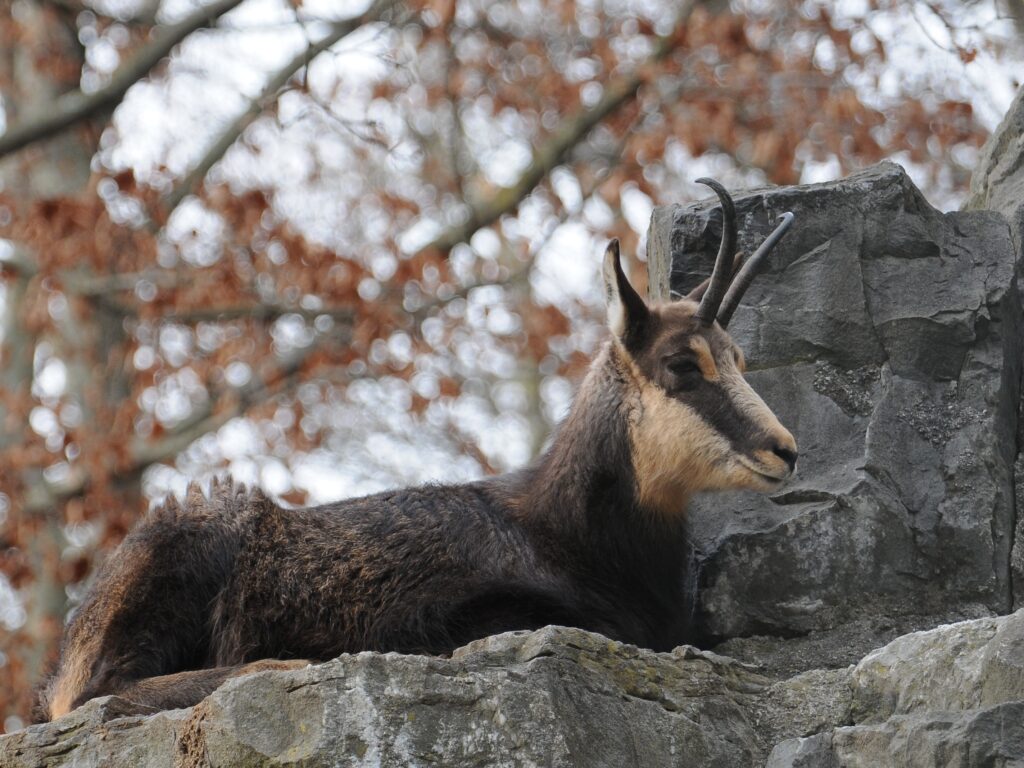
The Balkan chamois, a hybrid of antelope and goats, roams the mountains of Serbia. Known for long, sharp horns, these creatures inhabit dense forested regions. Aggressive due to past hunting experiences, they can be dangerous, particularly during mating or when protecting their young. Caution is advised while exploring mountainous areas.
Wolves

Encountering wolves during a trip to Serbia is likely, as these versatile creatures adapt well to different environments. Revered as the country’s mascot, wolves were historically protected, leading to a rise in their population. However, human-animal conflicts can arise, especially during times of scarce food. Keep a safe distance, as wolves may carry rabies and pose a risk, particularly in outdoor environments.
Marbled Polecat
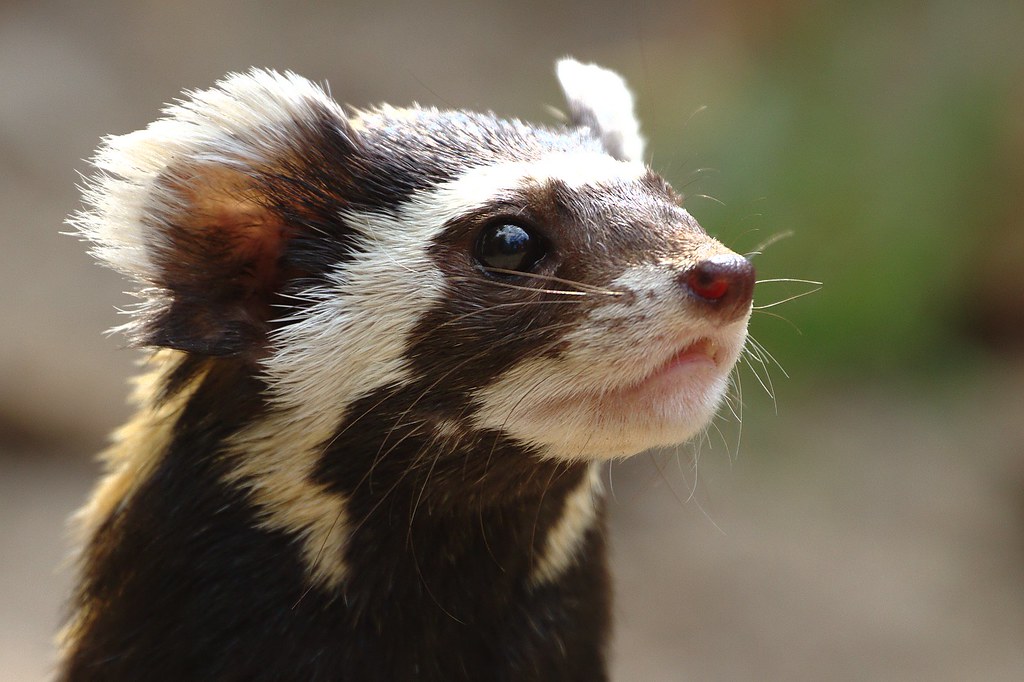
The elusive marbled polecat, found in Serbia’s dense forests, is a unique creature with a diet consisting of rodents, snakes, and small animals. Surprisingly, is one of the most dangerous animals in Serbia. Due to their dangerous nature, maintaining a safe distance is crucial, as they might attack when feeling threatened. Their impeccable sense of smell makes staying cautious during exploration paramount.
___________________
Check out the dangerous animals in the nearby countries:

